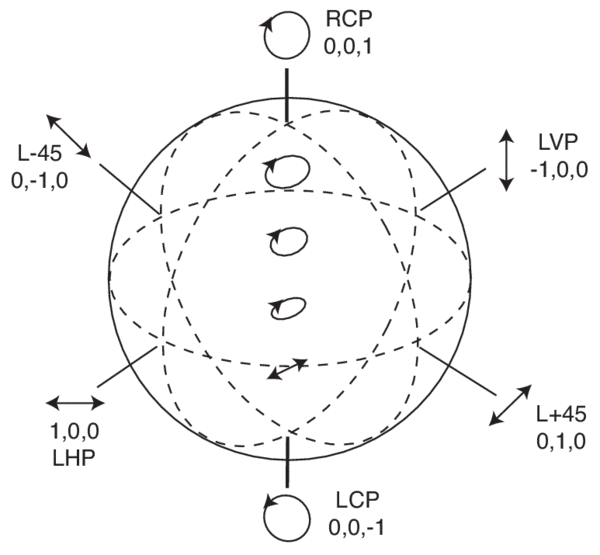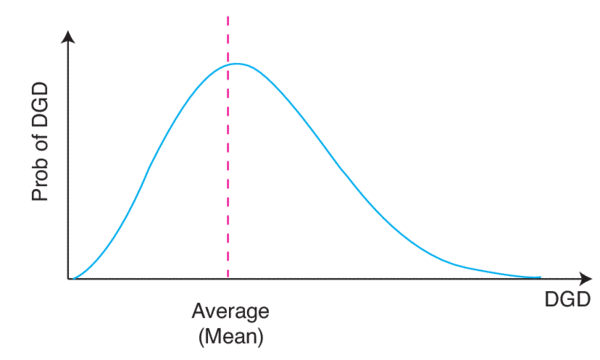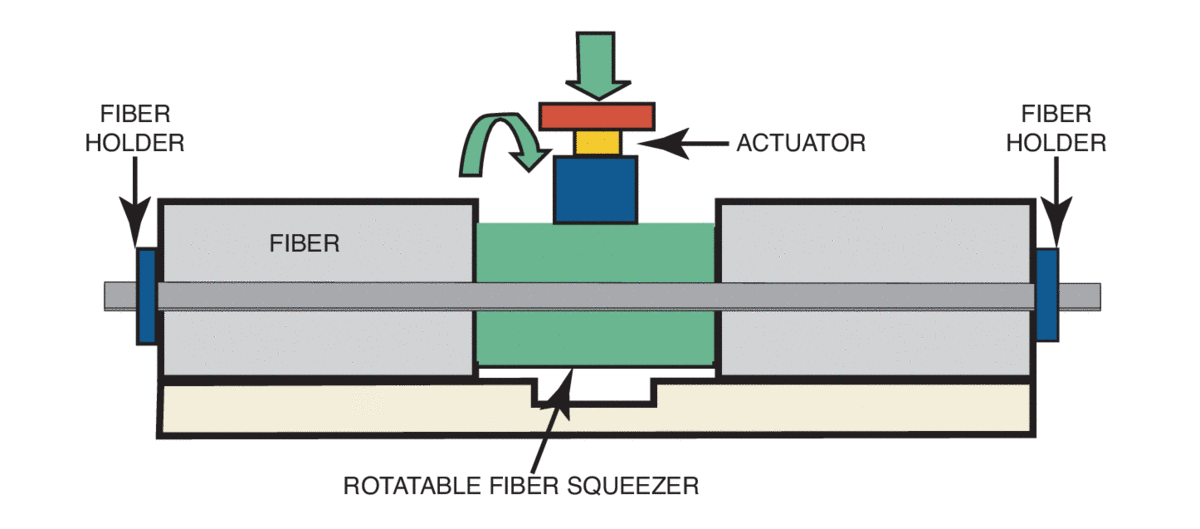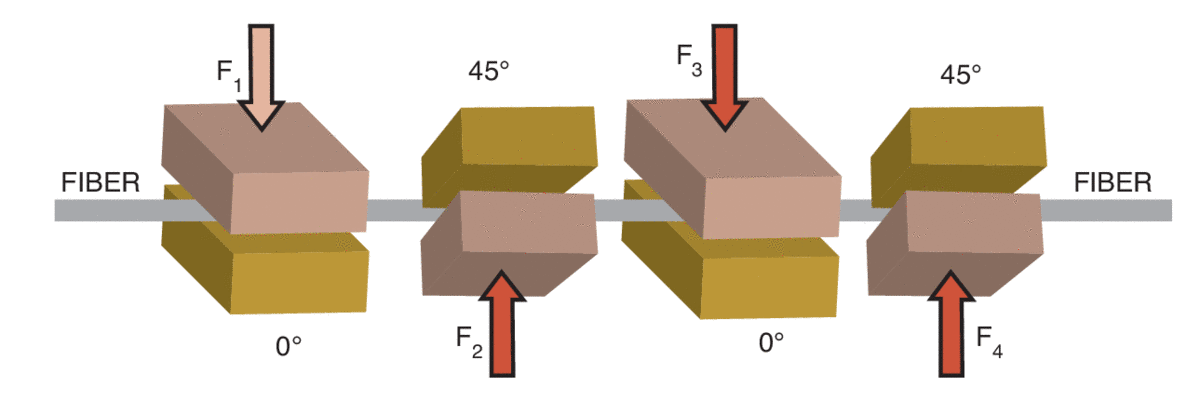Degree of Polarization (DOP) is defined as
DOP = Ipol / (Ipol + Iunp)
Where Ipol and Iunp are the intensity of polarized light and unpolarized light, respectively.
When DOP = 0, light is said to be unpolarized, and when DOP = 1, it is totally polarized. Intermediate cases correspond to partially polarized light
Polarization Extinction Ratio (PER) is the ratio of the minimum polarized power and the maximum polarized power, expressed in dB. Any polarization component will specify this value as a specification.
Polarization Dependent Loss (PDL) is the maximum (peak to peak) variation in insertion loss as the input polarization varies over all its states, expressed in dB.
Polarization Mode Dispersion (PMD) is actually another form of material dispersion. Single-mode fiber supports a mode, which in fact consists of two orthogonal polarization modes. Ideally, the core of an optical fiber is perfectly circular. However, in reality, the core is not perfectly circular, and mechanical stresses such as bending, introduce birefringence in the fiber. This causes one of the orthogonal polarization modes to travel faster than the other, hence causing dispersion of the optical pulse.
The maximum difference in the mode propagation times due to this dispersion is called Differential Group Delay (DGD), whose unit is typically given in picoseconds. Because of its dynamic properties, PMD does not have a single, fixed value for a given section of fiber, but has a distribution of DGD values over time. The probability of a DGD with a certain value at any particular time follows the Maxwellian distribution shown in Figure 2. As an approximation, the maximum instantaneous DGD is about 3.2 times the average DGD of a fiber
 Over 8,000 products in-stock! & FREE 2-Day shipping on all web orders!* Learn More FREE T-Shirt with orders $250+ Details
Over 8,000 products in-stock! & FREE 2-Day shipping on all web orders!* Learn More FREE T-Shirt with orders $250+ Details




 Ultra-High Velocity
Ultra-High Velocity